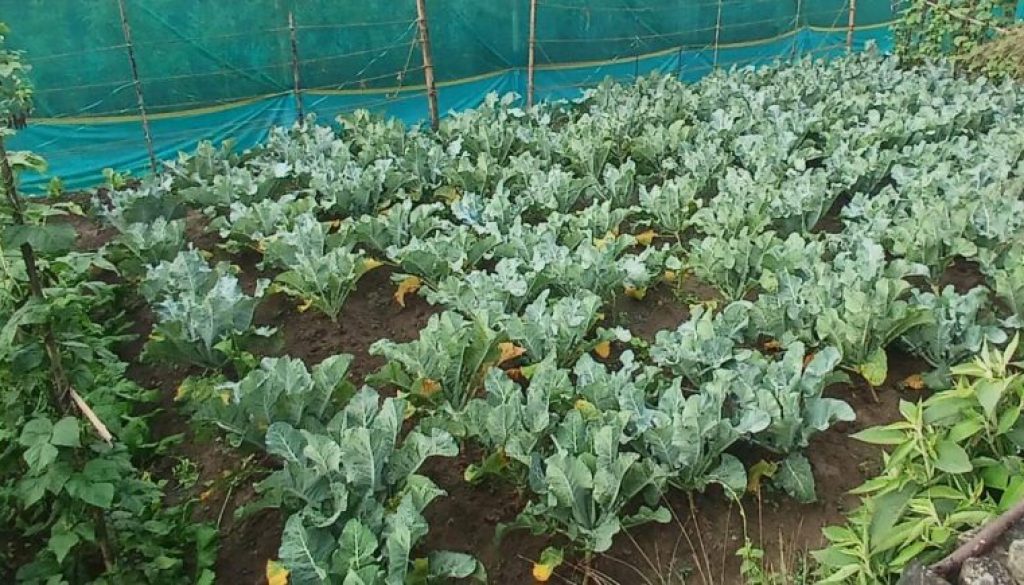Portraits of Strength: Women in Informal Settlements in Nepal
In this blog Anushka Thapa, Alisha Karki, Barsha Rijal, Rudra Neupane, Saugat Joshi and Jiban Karki explore stories of hope and resilience among women living in informal settlements in Nepal.
From within informal settlements, where existence can be challenging and difficult, an inspiring group of women share their stories of strength, resilience, positivity and love. Each of these stories is an example of a woman’s capacity to rise like a phoenix from the ashes, leaving an enduring mark on their family and the communities they reside in.
We present the unique stories of four remarkable women we met while working in informal settlements in Nepal, who showed courage, grace, positivity, and persistence, throughout the struggles they’ve experienced.
The ambitious young pathfinder
At just twenty years old, Aasha* is an example of hope and determination. As a full-time student, and part-time teacher, she is a fearless person who is pursuing her financial independence and balancing family responsibilities, determined to rescue her family from the clutches of poverty.
After witnessing her family’s struggle to meet their daily needs, she started offering tuition at a reasonable price in her community, ensuring it is affordable for others and allowing her to support her family. In the morning she attends college, hoping to complete her undergraduate degree, and secure a steady income for her family.
Despite many challenges Aasha has remained consistent and determined. Her story has become an inspiration, particularly for young girls and women in her community. Her determination to give her family the life she wants them to live and create a better future reflects the great potential many young women possess. Potential that can bring impactful change, inspiring entire communities.
The composed centenarian
Meet Mira Aama*, a calm and composed centenarian who radiates happiness and positivity. At the age of ninety nine, she is filled with joy and wisdom. Living with her son and daughter-in-law, she shares a strong and healthy bond with them and her grandchildren.
After losing her husband, her family insisted she continue to wear red (and whatever else she pleases) despite the cultural edict which dictates a widow/widower should not wear red-colored clothes or accessories.
Mira Aama has experienced many trials and triumphs throughout her life that have shaped her as the person she is. Despite her struggles she makes a choice every day to live her life to the fullest.
Her infectious smile and unwavering faith have been a source of strength for her family and community. As a living example of resilience, her wisdom, joy, and positivity act as a guiding stone for the younger generation. It reminds them of the importance of family, nurturing love and finding fulfillment in life’s blessings, and giving gratitude for them.
The perseverant phoenix
Anita* is another example of perseverance in the face of adversity. Even after losing her home in a recent flood and surviving an unhappy marriage, thirty nine year-old Anita remains optimistic. Anita says, “There is no use in being sad and thinking about the past, I am just positive that good days are soon to arrive”.
Her optimism to restart her life from scratch and overcome all the odds shows a great inner strength. Anita shows us the incredible power of hope.
The extraordinary housewife and her green haven
Archana* is a housewife with an extraordinary love for gardening and household work, finding purposes in all aspects of her life. Her whole life revolves around her house, family, and her blooming little garden. Her extraordinary gift for nurturing life both inside and outside her house is truly remarkable. Her small garden is a symbol of her hard work, love, and joy. Archana grows her own flowers and vegetables using bottles and jars as flowerpots, her garden reflecting her resourcefulness and care toward herself, her family, and her surroundings.
Much like her garden, Archana’s home is a reflection of her love, support, and care towards the things that give her comfort and joy. Archana’s care and creativity in her garden shows how happiness can be found in the simplest things in our life, and the creation of a beautiful, serene garden in the midst of the chaos of an informal settlement is a ray of light.
Conclusion
While life in informal settlements can be chaotic and uncertain, these women have found ways to express joy, care, optimism and creativity despite their circumstances. Aasha’s ambition to get her degree as well as support her family challenges expected norms and offers hope while Mira Aama’s joyful way of living, Anita’s perseverance despite losing her house and marriage, and Archana’s ability to create beauty through care, show that the women living within informal settlements are resourceful, courageous and resilient.
These women living in informal settlements remind us that strength isn’t just measured by grand achievements but by the everyday acts of love and resilience that enrich the lives of those around us. As we become a part of their journey, these women have been a source of inspiration and an arsenal of hope, determination, love, and compassion.
While these stories of hope and determination are incredibly inspiring, we want to acknowledge that resilience is not purely about mindset. For many people the hardships they have endured and the trauma they have experienced make it incredibly difficult to hold onto hope or to stay mentally well. And those stories are just as important and valid. They do not represent failings, but the very real experiences of people who live in situations of ongoing precarity.
* Names changed to protect individual’s privacy
